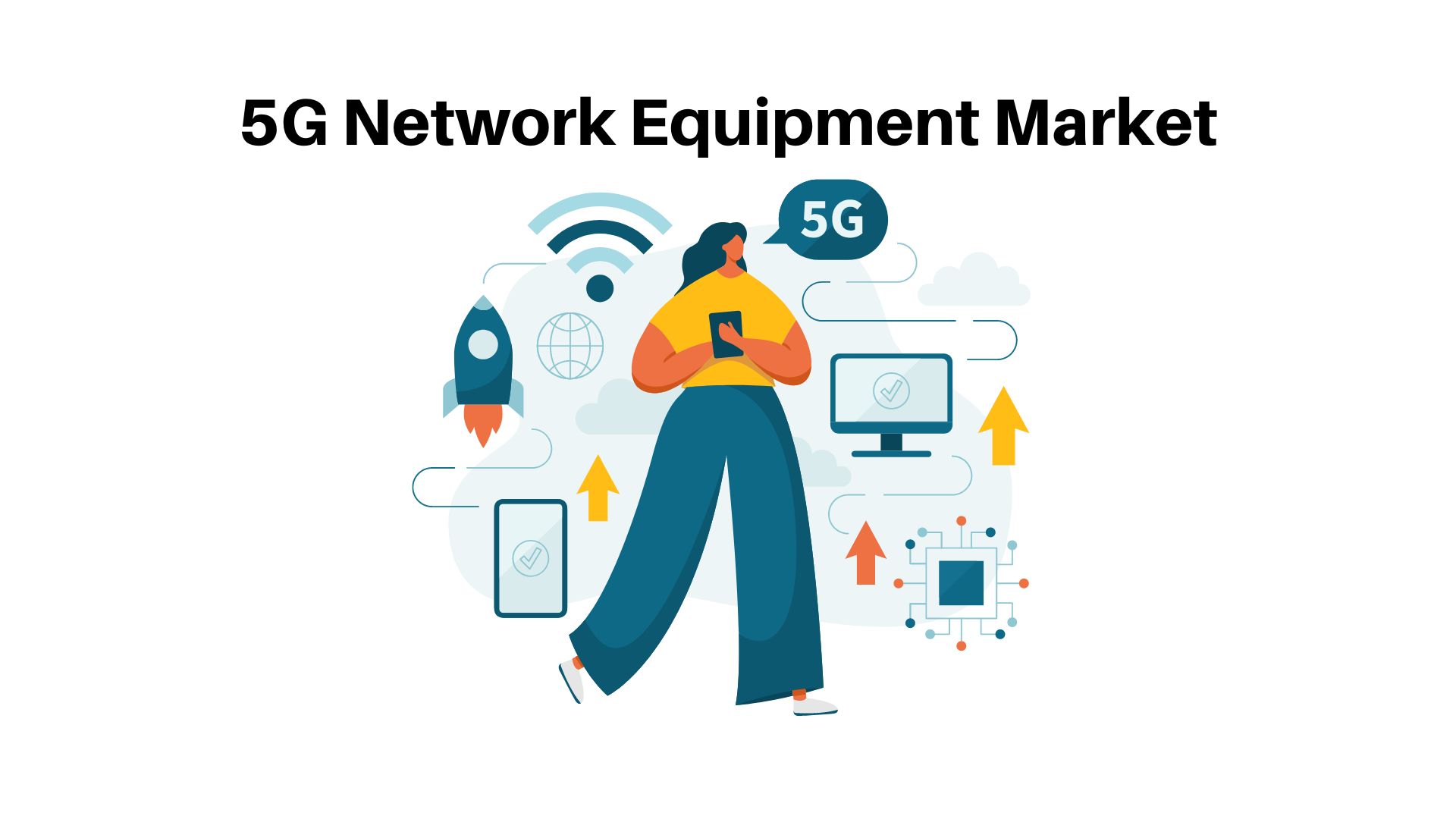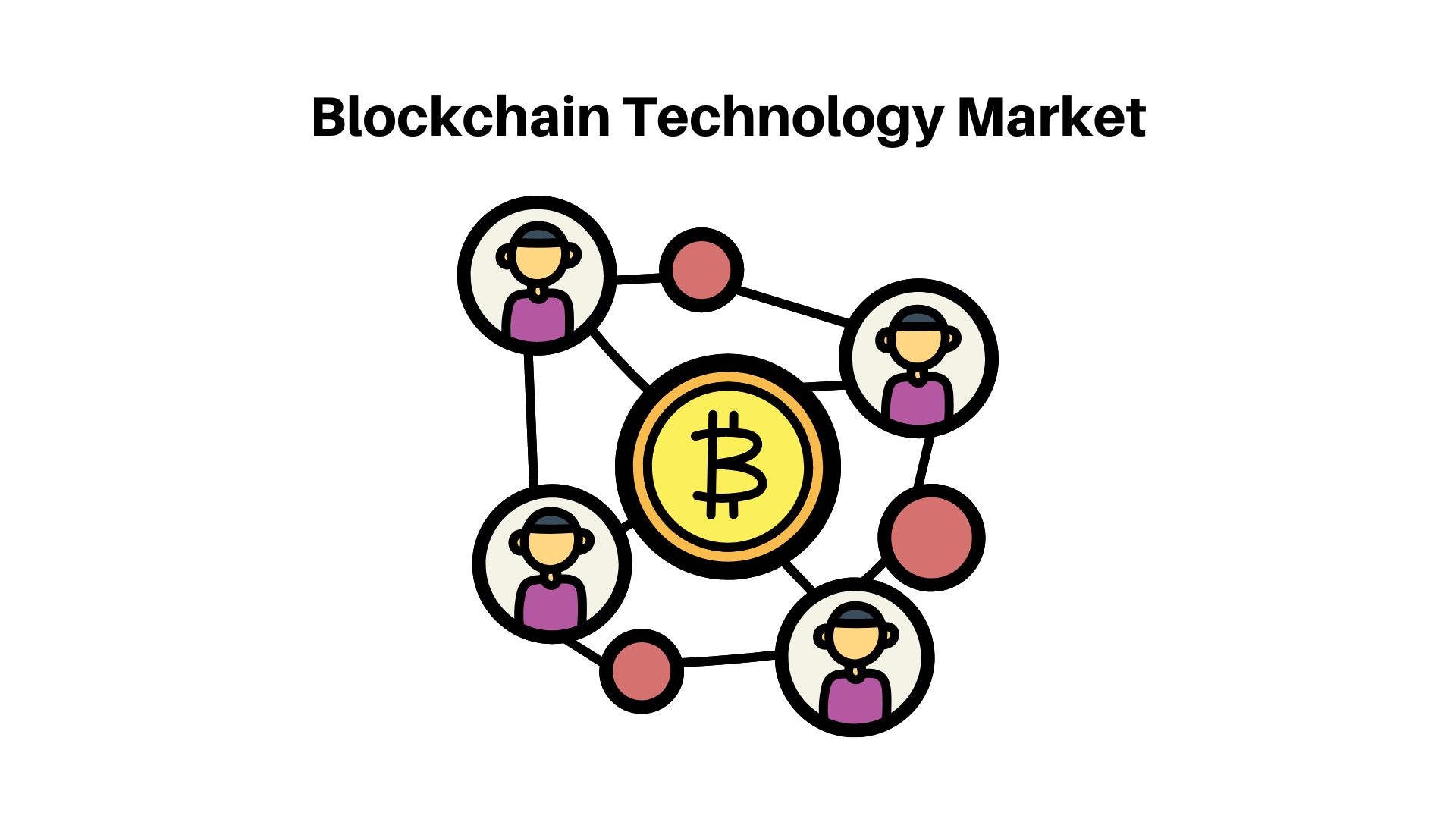5G Network Equipment Market is Estimated to Showcase Significant Growth of USD 14.8 Bn in 2032 With a CAGR 18.4%

Page Contents
Market Overview
Published Via 11Press: The 5G network equipment market is expected to experience substantial growth over the coming years as telecommunication providers upgrade their infrastructures in order to support 5G networks.
The global 5G Network Equipment Market is projected to increase from USD 2.7 Bn in 2022 to a whopping USD 14.8 Bn by 2032, expanding at an impressive Compound Annual Growth Rate (CAGR) of 18.4% during the forecast period.
The 5G network equipment market is being driven by an increasing need for high-speed internet connections, smart devices, and reliable network infrastructure. Furthermore, the rising number of IoT devices and the growing need for low latency and high bandwidth services are expected to further fuel its expansion.
North America is expected to lead the 5G network equipment market due to major players such as Cisco Systems, Intel Corporation, and Qualcomm Incorporated. On the other hand, the Asia Pacific region could experience significant growth due to the increasing adoption of advanced technologies and growing mobile subscribers in countries like China, India, and Japan.

Drivers, trends, and challenges have an impact on market dynamics, which can impact businesses. Request for PDF sample report
Key Takeaways
- The global 5G Network Equipment Market is projected to grow from USD 2.7 billion in 2022 to USD 14.8 billion by 2032, at a Compound Annual Growth Rate (CAGR) of 18.4% during the forecast period.
- The rising demand for high-speed internet connections, smart devices, and reliable and efficient network infrastructure are some of the primary factors propelling growth in the 5G network equipment market.
- North America is expected to dominate the 5G network equipment market due to the presence of major players such as Cisco Systems, Intel Corporation, and Qualcomm Incorporated.
- The Asia Pacific region is expected to experience significant growth due to the increasing adoption of advanced technologies and an escalating number of mobile subscribers in countries like China, India, and Japan.
- Key players in the 5G network equipment market include Huawei Technologies Co. Ltd., Nokia Corporation, Samsung Electronics Co. Ltd., Ericsson, ZTE Corporation, and Cisco Systems, Inc.
Regional Snapshot
- North America: North America is expected to lead the 5G network equipment market due to the presence of major players, early adoption of advanced technologies, and growing demand for high-speed internet connections.
- Europe: Europe is expected to experience significant growth in the 5G network equipment market due to increased investments in research and development as well as increasing demand for high-bandwidth applications.
- Asia Pacific: The Asia Pacific region is expected to experience rapid growth in the 5G network equipment market due to the increasing adoption of advanced technologies, an increasing number of mobile subscribers, and rising demands for high-speed internet connections.
- Middle East and Africa: The Middle East and Africa region is expected to experience moderate growth in the 5G network equipment market due to increased investments in telecommunications infrastructure as well as rising demands for high-speed internet connections.
- Latin America: Latin America is expected to experience moderate growth in the 5G network equipment market due to increased investment in telecommunications infrastructure and increasing demand for high-speed internet connection.
Drivers
- Growing Demand for High-Speed Internet Connectivity: As more devices are connected and advanced technologies such as IoT, AI, and cloud computing become mainstream, the demand for fast internet is on the rise. 5G network equipment provides higher bandwidth and faster speeds than previous generations of equipment – making it essential to support these applications.
- Rising Demand for Smart Devices: The increasing adoption of connected devices such as smartphones, tablets, and wearables is driving the growth in the 5G network equipment market. These gadgets require high-speed internet to function optimally – which can only be provided through 5G network equipment.
- A Growing Need for Reliable and Efficient Network Infrastructure: As digital technologies become more and more integral to everyday life, businesses and consumers require a reliable network to access information and services at all times. 5G network equipment offers this robust yet efficient infrastructure which is essential to meet these demands.
- Rising Number of IoT Devices: As the number of IoT devices is expected to grow rapidly over the coming years, they require low-latency and high-bandwidth connectivity. 5G network equipment can provide this type of connection, making it a crucial element in the IoT ecosystem.
Restraints
- High Deployment Costs: Deploying 5G network equipment necessitates significant infrastructure investment, which could present a major hurdle for some service providers. The high costs associated with setting up 5G technology could limit its adoption, especially in developing regions.
- Limited Coverage Area: 5G network equipment has a smaller coverage area compared to previous generations of equipment, which could restrict its adoption in rural or low-population-density areas. This presents service providers with an uphill battle if they want to provide comprehensive coverage to their customers.
- Spectrum Availability: 5G network equipment requires a significant amount of spectrum to operate, and there are concerns that the available spectrum may not be sufficient to support the growing demand for 5G services. This could restrict market expansion and lead to greater competition over the available spectrum.
- Regulatory Challenges: The deployment of 5G network equipment may face regulatory obstacles, especially in regions with stringent regulations for new telecommunications infrastructure. This could delay the roll-out of 5G equipment and limit its adoption rate.
- Security Concerns: 5G network equipment may be more vulnerable to security threats than previous generations, which could limit its adoption in certain applications or industries. Service providers must address these worries so that customers feel secure using 5G network equipment.
Opportunities
- Increased Adoption of IoT Devices: As IoT device adoption grows exponentially over the coming years, it presents significant opportunities for the 5G network equipment market. 5G networks provide high-bandwidth and low-latency connectivity necessary for IoT devices – making them a crucial element within the IoT ecosystem.
- The emergence of New Applications: 5G network equipment's increased bandwidth and lower latency are expected to open the door for the development of new applications that weren't possible with older generations of equipment. This presents significant opportunities for the 5G network equipment market, particularly in areas such as virtual reality, augmented reality, and autonomous vehicles.
- Increased Investment in 5G Infrastructure: Governments and service providers around the world are investing heavily in 5G infrastructure deployment. This is expected to present numerous opportunities for manufacturers of 5G network equipment, particularly in regions where 5G coverage is currently underdeveloped.
- Growing Demand for Edge Computing: The growth of edge computing is expected to present significant opportunities for the 5G network equipment market. To efficiently provide low latency and high bandwidth connections, edge computing requires 5G network equipment.
Challenges
- Limited Access to Skilled Personnel: Deploying and managing 5G network equipment necessitates highly experienced personnel, and there may be a shortage of such professionals in the market. This could restrict growth prospects for this sector, particularly in regions with an acute shortage of qualified personnel.
- Increased competition: The 5G network equipment market is highly competitive, with multiple vendors offering similar products. This could cause price pressure and lower profit margins for vendors, potentially restricting the market growth.
- Technological Challenges: The development of 5G network equipment presents significant technological obstacles, particularly in areas such as antenna design, spectrum management, and power consumption. Overcoming these difficulties could require significant investments in research and development which could restrict the market growth.
- Security Considerations: 5G network equipment may be more vulnerable to security threats than previous generations of network equipment, which could limit its adoption in certain applications or industries. Addressing these concerns will require significant investment in cybersecurity measures, which could increase the cost of deploying 5G network equipment.
Recent Developments
- Collaboration among Vendors: Many vendors in the 5G network equipment market have announced collaborations to expedite the development and deployment of 5G networks. For instance, Nokia and Ericsson have joined forces with major service providers to speed up 5G network deployment.
- Investment in Research and Development: Vendors in the 5G network equipment industry are increasing their investments in research and development to overcome technological obstacles and remain competitive. Huawei, for instance, has announced significant investments in 5G R&D.
- Expansion into New Markets: Vendors in the 5G network equipment industry are expanding into new areas to take advantage of the growing demand for 5G networks. Ericsson recently announced their intentions to expand operations in both the Middle East and Africa.
- Focus on Edge Computing: Vendors in the 5G network equipment industry are increasingly focusing on edge computing, which requires low latency and high bandwidth connectivity. For instance, Nokia recently announced a collaboration with Microsoft to develop cloud-based solutions for edge computing.
- Demand for Private Networks: There is a growing need for private 5G networks in industries such as manufacturing, logistics, and healthcare. Vendors within the 5G network equipment market are developing solutions to meet this demand – such as Ericsson's Private Networks solution.
Key Market Segments
Type
- Macro Cell
- Small Cell
- RRU
- AAU
- RF Filter
- BBU
- Phase Shifters
- Energy Supply Equipment
Application
- Retail Sector
- Non-Retail Sector
Key Market Players
- Samsung Electronics
- Qualcomm Technologies
- Huawei Technologies
- NEC Corporation
- Nokia
- ZTE Corporation
- Cisco Systems
- CommScope
- Ericsson
- Airspan Networks
- Hitachi
- Qorvo
- Equinix
Report Scope
| Report Attribute | Details |
| The market size value in 2022 | USD 2.7 Bn |
| Revenue forecast by 2032 | USD 14.8 Bn |
| Growth Rate | CAGR Of 18.4% |
| Regions Covered | North America, Europe, Asia Pacific, Latin America, and Middle East & Africa, and Rest of the World |
| Historical Years | 2017-2022 |
| Base Year | 2022 |
| Estimated Year | 2023 |
| Short-Term Projection Year | 2028 |
| Long-Term Projected Year | 2032 |
Frequently Asked Questions
Q: What is 5G network equipment?
Answer: 5G network equipment is the infrastructure required to support 5G networks, including base stations, antennas, routers, and other equipment.
Q: What are the benefits of 5G network equipment?
Answer: 5G network equipment offers several benefits over previous generations of network equipment, including higher bandwidth, lower latency, and greater capacity.
Q: Which regions are driving the growth of the 5G network equipment market?
Answer: Asia-Pacific is currently the largest market for 5G network equipment, with China and South Korea being the primary drivers of growth. North America and Europe are also significant markets for 5G network equipment.
Q: What are the key drivers of the 5G network equipment market?
Answer: The key drivers of the 5G network equipment industry include the increasing demand for high-speed connectivity, the emergence of new applications such as IoT and edge computing, and the growing investment in 5G infrastructure by governments and service providers.
Q: What are the main challenges facing the 5G network equipment market?
Answer: The main challenges facing the 5G network equipment Industry include the limited availability of skilled professionals, increased competition, technological challenges, security concerns, and regulatory challenges.
Q: Which vendors are leading the 5G network equipment market?
Answer: Some of the leading vendors in the 5G network equipment industry include Huawei, Nokia, Ericsson, ZTE, Samsung, and Cisco.
Q: What are the main opportunities for the 5G network equipment market?
Answer: The main opportunities for the 5G network equipment industry include the increased adoption of IoT devices, the emergence of new applications, the growing investment in 5G infrastructure, the increasing demand for edge computing, and the integration with cloud computing.
The team behind market.us, marketresearch.biz, market.biz and more. Our purpose is to keep our customers ahead of the game with regard to the markets. They may fluctuate up or down, but we will help you to stay ahead of the curve in these market fluctuations. Our consistent growth and ability to deliver in-depth analyses and market insight has engaged genuine market players. They have faith in us to offer the data and information they require to make balanced and decisive marketing decisions.



